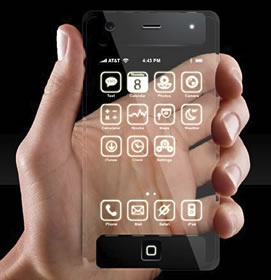The new iPhone will be similar to the current iPhone 4, but thinner and lighter with an improved 8MP camera, and will be powered by Qualcomm's wireless chips. Furthermore, Cupertino has supposedly set itself a ridiculous high goal when it comes to sales of the iPhone 4's successor.
"Apple's sales estimates of the new iPhone are quite aggressive," a person at one of Apple's suppliers told The Wall Street Journal. "It told us to prepare to help the company meet its goal of 25 million units by the end of the year. The initial production volume will be a few million units."
To see how huge a goal that is, here is some perspective. At the iPad 2 event in March 2010, Apple announced that it had sold 100 million iPhones worldwide since launching the first iPhone in June 2007. If the new iPhone launches in September 2011, as most are expecting, Apple will have just under four months to sell what it has every year, on average.
Earlier this month, we learned that Apple had ordered an estimated 15 million iPhone 5 units (or iPhone 4S units, depending on who you ask) from Taiwan-based notebook maker Pegatron Technology. Rumors have previously said Apple's iPhone 5 will be an 8MP camera manufactured by Sony featuring dual-LED flash. Higher-resolution pictures and video will be better viewed on the device's rumored larger screen but thinner bezel.
Apple has been giving some developers access to a device known as the iPhone 4S --- an iPhone 4 with upgraded internals. Some argue that's not the next iPhone, claiming the device will reportedly have a radical new case design.
The iPhone 5 was largely expected to arrive last month, given the iPhone's history, but was delayed. The first iPhone was released on June 29, 2007. The iPhone 3G was introduced on June 9, 2008. The iPhone 3GS was announced on June 8, 2009 and arrived on June 19, 2009 in the first countries. The iPhone 4 was announced on June 7, 2010 and released on June 24, 2010.
